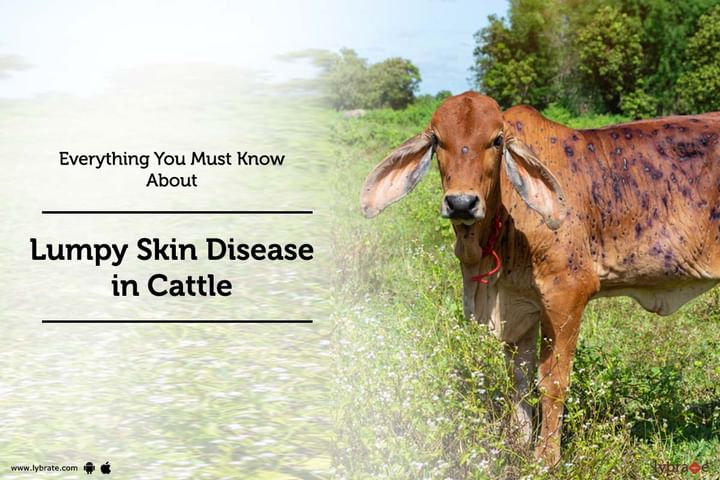Everything you must know about Lumpy Skin Disease in Cattle
What’s the meaning of your farm without cattle? So, when you notice some changes in their appearance or behavior, you must realize that it is important to look into the matter. One of the common cattle diseases that you should look into or know about is Lumpy Skin Disease or LSD. Lumpy skin disease is a common condition in cattle and can affect a large number of them in the same herd.
Lumpy Skin Disease is a serious disease that affects around 2% of all the cattle in the world. This disease causes sea-lump-like lesions on the skin of cattle and is mainly caused by a virus whose mutation leads to the formation of hard nodules on the skin. These hard nodules tend to hinder the movement of the animals, which results in their losing a lot of weight and often dying due to infections. Though this disease has been known to humans for a long time, there are a few things that are not well known.
You must know that lumpy skin disease is a highly transmissible viral disease that mostly affects cattle, including cows and buffalos. Although this lethal disease originated in Africa, it is currently endemic in India, with the first case being confirmed in 1955. The disease is most common or prevalent in some south-Indian states namely Karnataka and Orissa. It is also found in some other parts of the world, such as Sri Lanka, Nepal, and Africa, among others. The disease commonly occurs in tropical or subtropical areas. The disease also affects other species like deer, pigs, and birds.
If you still wonder what lumpy skin disease means and how it can be hazardous to your cattle, you must go through the following points very carefully:
1. Lumpy Skin disease is basically a viral disease that may affect the skin and connective tissues of cattle, sheep, or goats. It belongs to the pox virus family that includes smallpox, rabbit pox, and camel pox. There is no definitive treatment for this disease, and most cattle that contract it die as a result of the infection.
2. It is a highly contagious or communicable (viral) disease that can potentially affect cattle worldwide. It causes extensive skin damage and significant weight loss in animals such as cows, goats, and buffalos, among others.
3. It is a debilitating or enfeebling condition that mainly affects a large number of cattle, cows, and buffalo. The main symptom is the appearance of growths on the skin of the animal. These growths are called papules and can be small or large in size. There are different treatment options available for the condition, but it's important to understand the condition before you choose the treatment option for your animal.
4. Apart from India and other parts, LSD is one of the most common dermatological diseases among cattle in North America as well. This disease is also known as 'cattle grubs.' The good thing about lumpy skin disease is that it does not cause any mortality. In fact, animals may live for years with lumpy skin disease. However, it may lead to low productivity and skin lesions that can cause pain. Lumpy skin disease can be treated with yogurt, environmental control, insecticides, and general health measures.
5. It is a highly contagious as well as economically significant viral disease of cattle across the globe. LSD is a significant disease which affects both small and large ruminants. LSD is a major concern in countries where the dairy and beef industries are growing.
6. Lumpy skin disease is an unusual disease that can affect a wide range of animals. It is caused by a bacterium that is found in water or on plants. The disease causes skin splotches on the animal. This disease can be prevented by draining the water or making sure that animals are not near areas that have water.
7. This disease is an unpleasantly named skin condition in cattle that can also be transmitted to humans by cattle. It is caused by a virus and not much is known about its transmission process.
8. Lumpy skin disease can cause your goat's skin to swell into hard bumps, which are similar to goosebumps on humans. The disease can also cause your goat's skin to lose hair and become thin. It is caused by a parasitic mite. The mite burrows under the skin and causes this disease. If you see bumps or pimples on your goat, it could have the disease.
Conclusion:
If you're concerned about your cattle's health or have noticed some of the symptoms we've mentioned, we hope that you'll contact your veterinarian, who will be able to diagnose your animal and make sure that you're doing what you can to give it the best care possible.



+1.svg)
